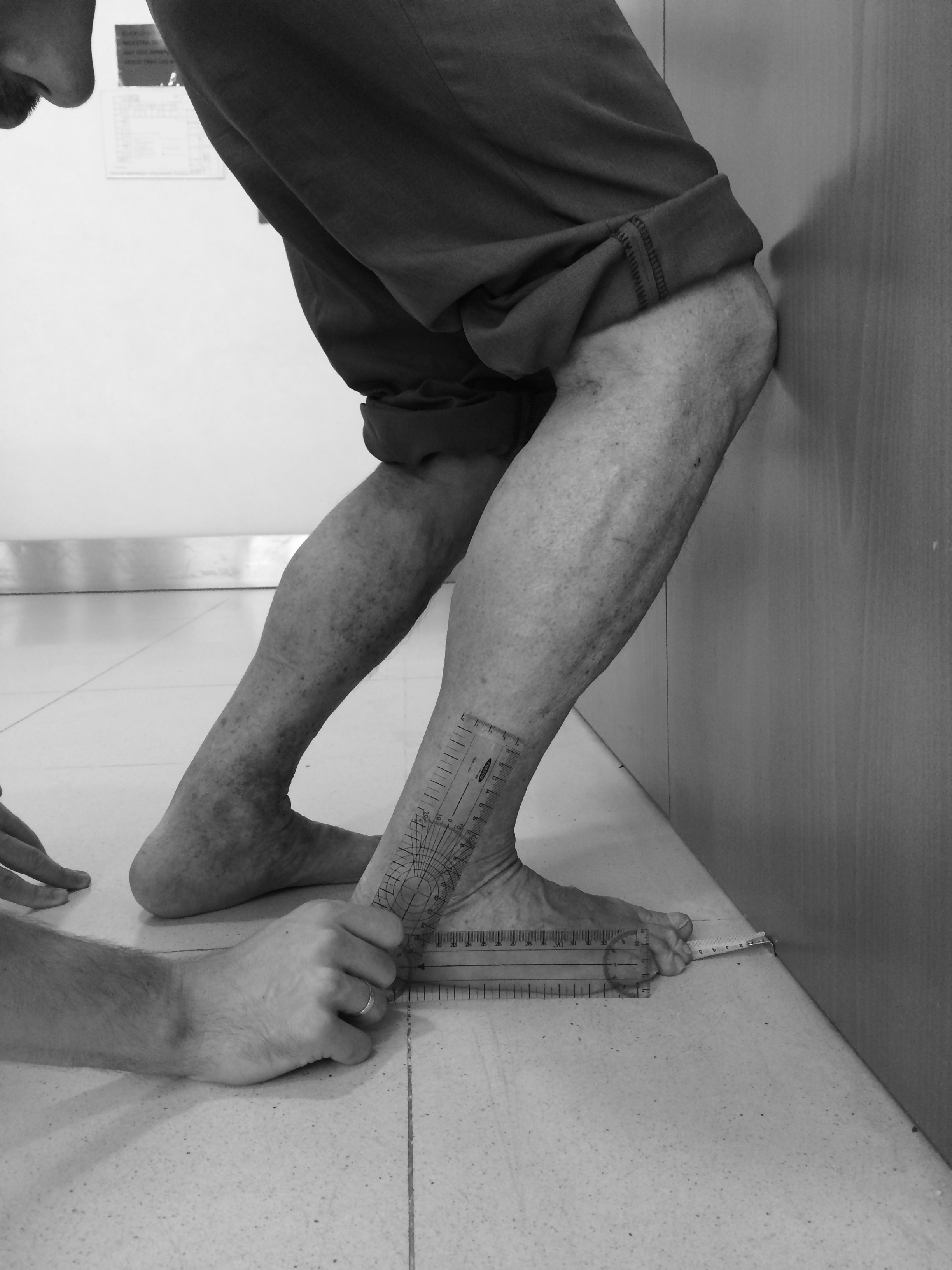
The concurrent validity and reliability of the Leg Motion system
Background New reliable devices for range of motion (ROM) measures in older adults are necessary to improve knowledge about the functional capability in this population. Dorsiflexion ROM limitation is associated with ankle injuries, foot pain, lower limb disorders, loss of balance, gait control disorders and fall risk in older adults. The aim of the present study was to assess the validity and reliability of the Leg Motion device for measuring ankle dorsiflexion ROM in older adults. Methods Adescriptive repeated-measures study was designed to test the reliability of Leg Motion in thirty-three healthy elderly patients older than 65 years. The subjects had to meet the following inclusion and exclusion criteria in their medical records: older than 65 years; no lower extremity injury for at least one year prior to evaluation (meniscopathy, or fractures) and any chronic injuries (e.g., osteoarthritis); no previous hip, knee or ankle surgery; no neuropathic alterations and no cognitive conditions (e.g., Alzheimer’s disease or dementia). Participants were recruited through the person responsible for the physiotherapist area from a nursing center. The subjects were evaluated in two different sessions at the same time of day, and there was a break of two weeks between sessions. To test the validity of the Leg Motion system, the participants were measured in a weight-bearing lunge position using a classic goniometer with 1° increments, a smartphone with an inclinometer standard app (iPhone 5S®) with 1° increments and a measuring tape that could measure 0.1 cm. All testing was performed while the patients were barefoot. The researcher had ten years of experience as a physiotherapist using goniometer, tape measure and inclinometer devices. Results Mean values and standard deviations were as follows: Leg Motion (right 5.15 ± 3.08; left 5.19 ± 2.98), tape measure (right 5.12 ± 3.08; left 5.12 ± 2.80), goniometer (right 45.87° ± 4.98; left 44.50° ± 5.54) and inclinometer app (right 46.53° ± 4.79; left 45.27° ± 5.19). The paired t-test showed no significant differences between the limbs or between the test and re-test values. The test re-test reliability results for Leg Motion were as follows: the standard error of the measurement ranged from 0.29 to 0.43 cm, the minimal detectable difference ranged from 0.79 to 1.19 cm, and the intraclass correlation coefficients (ICC) values ranged from 0.97 to 0.98. Conclusions The results of the present study indicated that the Leg Motion device is a valid, reliable, accessible and portable tool as an alternative to the classic weight-bearing lunge test for measuring ankle dorsiflexion ROM in older adults.

Validity and inter-rater reliability of ankle motion observed during a single leg squat [PeerJ]
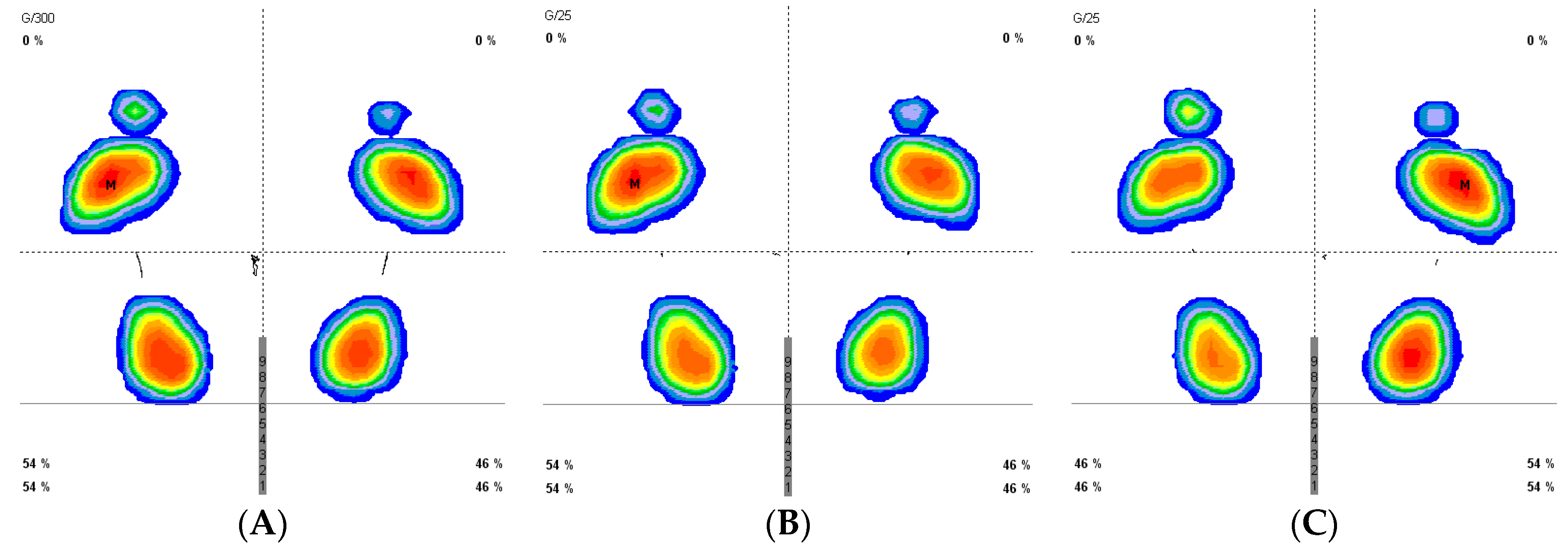
JCM, Free Full-Text
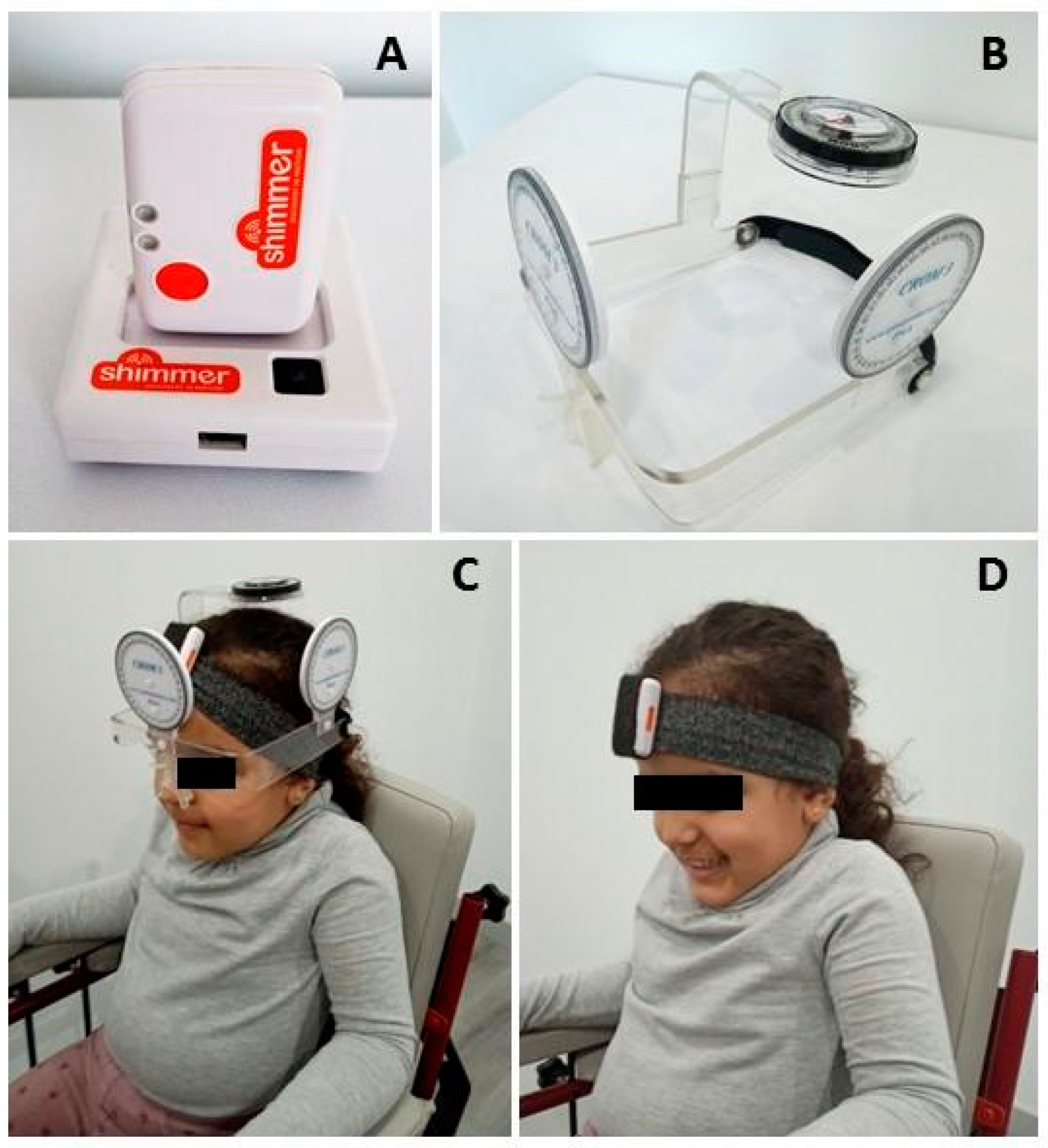
Diagnostics, Free Full-Text
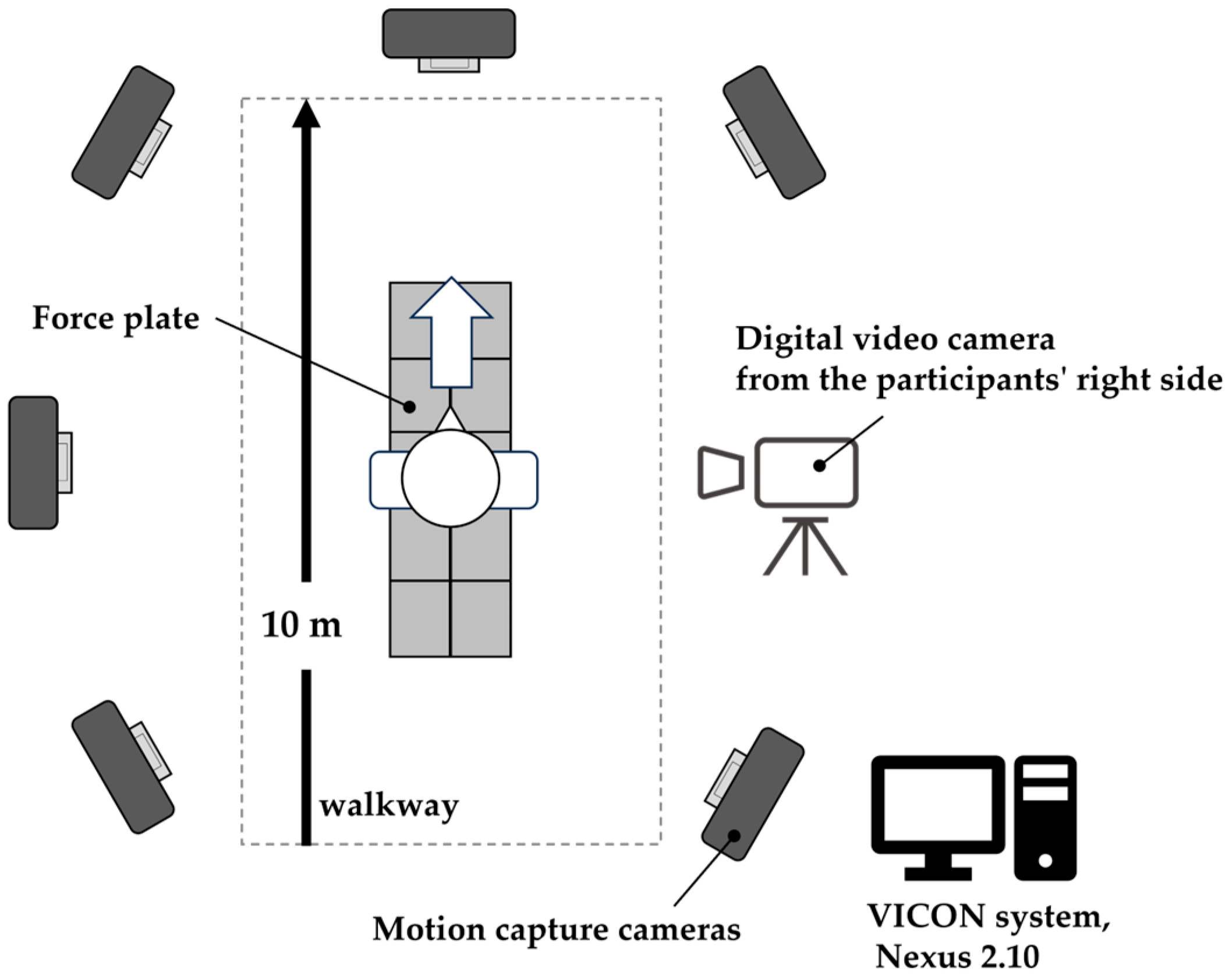
Sensors, Free Full-Text

Validity and reliability of innovative field measurements of tibial accelerations and spinal kinematics during cricket fast bowling

Full article: Comparison of the acute effects of different techniques on the ankle joint range of motion in healthy older adults: a randomized controlled trial

Evaluation of Knee Range of Motion Correlation Between Measurements Using A Universal Goniometer and A Smartphone Goniometric Application

PDF] Associations between ankle dorsiflexion range of motion and foot and ankle strength in young adults

PDF) Absolute Reliability and Concurrent Validity of the Stryd System for the Assessment of Running Stride Kinematics at Different Velocities

Sports, Free Full-Text

PDF) Reliability and validity of lower limb joint range of motion measurements using a smartphone

The Dorsiflexion Range of Motion Screen: A Validation Study. - Abstract - Europe PMC



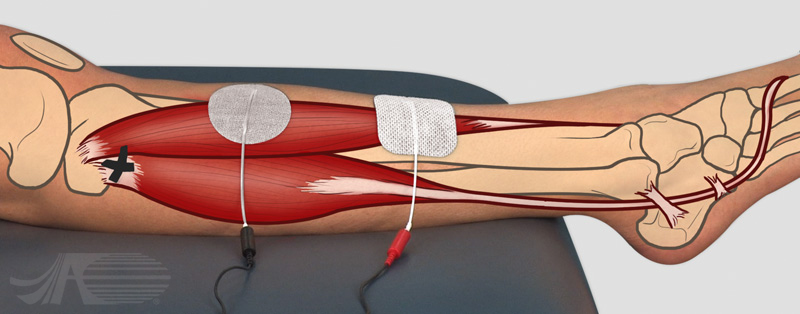




:quality(80):fill(white)/https:%2F%2Fcdn-images.farfetch-contents.com%2F13%2F63%2F54%2F42%2F13635442_16446432_1000.jpg)
